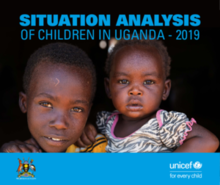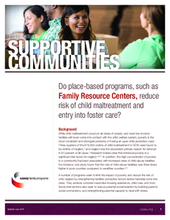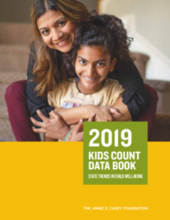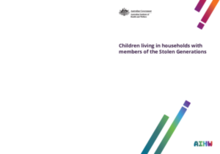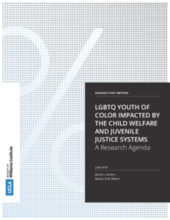Displaying 181 - 190 of 505
This study explores facilitators of and barriers to effective collaboration between workers at partner organizations working on a program focused on the reunification of housing-unstable families with their children in out-of-home placement in the US.
This situation analysis explores multidimensional poverty in Uganda, including an examination of both material and social needs of children – including health care and education, a social and family life, clean and safe drinking water, housing that is not squalid and overcrowded, adequate clothing, and regular meals with sufficient and nutritious food.
This study aimed to identify longitudinal trajectory classes of child protective services (CPS) contact among Alaska Native/American Indian (AN/AI) and non-Native children and examine preconception and prenatal risk factors associated with identified classes.
This issue brief addresses the following questions: What are family resource centers? What are the defining characteristics of a family resource center? What do we know about the effectiveness of family resource centers in reducing child welfare involvement? What is the return on investment? What is missing from the research literature?
This Data Book from the Annie E. Casey Foundation explores how the child population, and childhood experience, of the US has changed since 1990. It also presents national and state data on 16 indicators of child well-being across four domains — health, education, family and community and economic well-being.
This article reports on a study of the relationships between child protection system contact and small area-level deprivation in New Zealand. The study found that, compared to children living in the least deprived quintile of small areas, children in the most deprived quintile had, on average, 13 times the rate of substantiation, 18 times the rate of a family group conference, and 6 times their chance of placement in foster care. Findings suggest that action is needed to address the causes of deprivation, provide services that respond to families living in poverty, and undertake further research to examine the interactions between demand and supply of services across deprivation levels.
This study explored the social images of families of children and youths in residential care in a sample of 176 participants with and without professional contact with this population.
This report presents analyses of selected outcomes for Aboriginal and Torres Strait Islander children who live in households with members of the Stolen Generations.
This report from t he Williams Institute is a collection of working papers focused on understanding what we know and what we need to better understand about the lives and outcomes of system-involved youth who are both LGBTQ and racial/ethnic minorities, including those involved in the US child welfare system.
Using theoretically-informed mediating path models and data from the second National Survey of Child and Adolescent Well-Being (NSCAW II), this study tests the role of harsh physical punishment as a mediator between family income and child protective services (CPS) involvement in the US.

